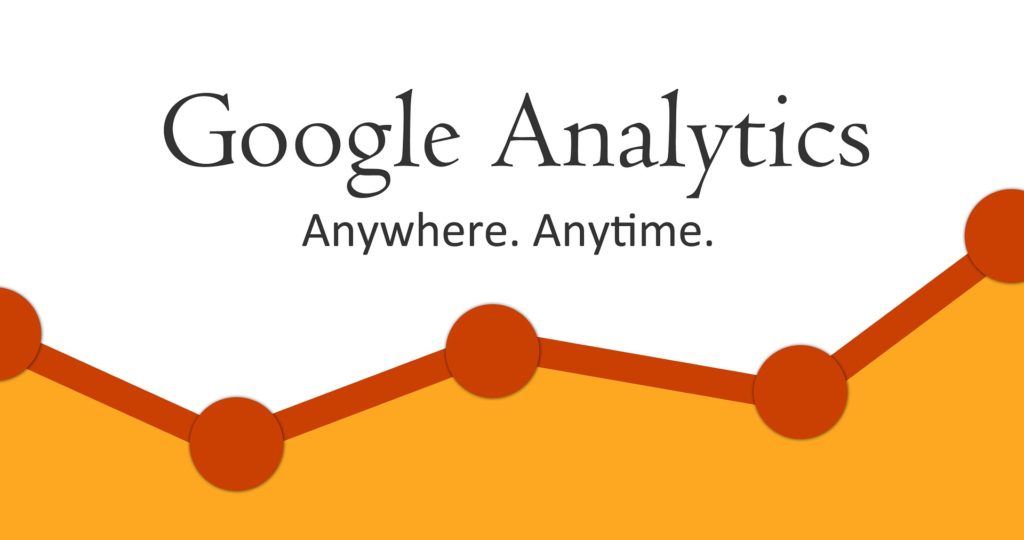It’s no joke that a lot goes into website development. From picking the best way to host your website to setting up Google Analytics, managing your business’s online platform may prove to be even more challenging than setting it up in the longer run. While some business owners have the luxury to hire a third-party to handle website management, not all business owners are in the same boat due to budget restrictions or more demanding tasks that must be prioritized. Regardless if you’re a business owner in the above situation(s) or are extremely proactive and love learning on the go, in this article we’ll break down the mystery of bounce rates as well as how to interpret the data you receive for your website’s bounce rates in a straightforward and clear manner. 

 In the situation you have a bounce rate lower than your goals, we suggest checking to see if the low bounce rate is caused by referral links or bots crawling your page as well as the configuration of your Google Analytics first. Especially if your Google Analytics shows wide fluctuations in your website’s bounce rate (from 0% to 100%), doing a cursory check of the code and where it’s installed on your website will do better for your time and energy in the long run rather than digging deeply into the matter from the get-go. In terms of bounce rates that you should watch out for regardless of your website’s specific circumstances if you notice that your website’s bounce rate falls below 20% or is even higher than 90%, this means there could be issues with the website’s coding or the installation of your Google Analytic’s tracking code and should be looked into immediately.
In the situation you have a bounce rate lower than your goals, we suggest checking to see if the low bounce rate is caused by referral links or bots crawling your page as well as the configuration of your Google Analytics first. Especially if your Google Analytics shows wide fluctuations in your website’s bounce rate (from 0% to 100%), doing a cursory check of the code and where it’s installed on your website will do better for your time and energy in the long run rather than digging deeply into the matter from the get-go. In terms of bounce rates that you should watch out for regardless of your website’s specific circumstances if you notice that your website’s bounce rate falls below 20% or is even higher than 90%, this means there could be issues with the website’s coding or the installation of your Google Analytic’s tracking code and should be looked into immediately. Numbers and data are essential in making important decisions for your business’s website and perhaps even in influencing your business’s direction in digital marketing, however, strictly going off the numbers may be more harmful rather than conducive to the development of your business’s online presence. Numbers that correspond to another business’s successes in your industry may not necessarily work for your business. Considering how even the definition of a bounce rate must be placed within the context of a business and its goals, the numbers interpreted from that bounce rate and relevant data must also be considered in a way that accommodates your business’ unique situation. Ultimately, your business and its online presence aren’t just competing with other rival companies on the market—they’re also competing with themselves. We hope with this article you not only learned more in-detail about bounce rates and how to interpret their numbers, but you now feel more empowered to take your business in the direction it needs.
Numbers and data are essential in making important decisions for your business’s website and perhaps even in influencing your business’s direction in digital marketing, however, strictly going off the numbers may be more harmful rather than conducive to the development of your business’s online presence. Numbers that correspond to another business’s successes in your industry may not necessarily work for your business. Considering how even the definition of a bounce rate must be placed within the context of a business and its goals, the numbers interpreted from that bounce rate and relevant data must also be considered in a way that accommodates your business’ unique situation. Ultimately, your business and its online presence aren’t just competing with other rival companies on the market—they’re also competing with themselves. We hope with this article you not only learned more in-detail about bounce rates and how to interpret their numbers, but you now feel more empowered to take your business in the direction it needs.

What Is Bounce Rate?
Very simply and without the frills of tech lingo, what is bounce rate? its the percentage of one-time page views your website receives. However, in terms of Google Analytics, a bounce rate is the percentage of visits to a website with a single interaction. To further complicate the definition of a bounce rate, a bounce rate may also account for multiple actions taken by the website’s same visitor or can cover other website interactions such as transactions. Rather than the question of “What is a bounce rate?” the more nuanced question to accommodate a bounce rate’s different forms would be: In the context of your website and how your website defines a single action, what would the bounce rate be?How to Determine Your Website’s Bounce Rate
First, to check your business’s bounce rate through Google Analytics, simply click on Audience and then head to Overview. Not only will this Overview page give you details about the number of visitors, page views, and even the duration of time visitors spend on your website’s page, but it will also provide a Bounce Rate percentage. Keep in mind that this bounce rate given in Overview is more like an overall bounce rate. Your website may have more than one bounce rate as bounce rates can also be calculated for individual pages as well. Another useful pointer is that through Google Analytics you can further segment the bounce rate of your website through different criteria such as age, gender, and even location. Depending on your business’s situation and the content your business’s website is producing, a high bounce rate may not necessarily spell for bad news while a low bounce rate may also key you into the pages that aren’t producing results which contribute to your business’s goals and its holistic growth. Factors that also affect your website’s bounce rate include but are not limited to the following:
- Source of traffic
- Page content
- Website ergonomics
A Good Bounce Rate: Breaking It Down
In general, a good bounce rate is considered to be around 40%, though a bounce rate between 40% and 50% is nothing abnormal. Most experts tend to agree that a bounce rate higher than 50% indicates that there’s some room for improvement. For those who see a bounce rate on the higher end, consider the following first before investigating:- Mobile Device Users
- Trending Blog Posts
- Traffic from Paid Ads and/or Social Media
 In the situation you have a bounce rate lower than your goals, we suggest checking to see if the low bounce rate is caused by referral links or bots crawling your page as well as the configuration of your Google Analytics first. Especially if your Google Analytics shows wide fluctuations in your website’s bounce rate (from 0% to 100%), doing a cursory check of the code and where it’s installed on your website will do better for your time and energy in the long run rather than digging deeply into the matter from the get-go. In terms of bounce rates that you should watch out for regardless of your website’s specific circumstances if you notice that your website’s bounce rate falls below 20% or is even higher than 90%, this means there could be issues with the website’s coding or the installation of your Google Analytic’s tracking code and should be looked into immediately.
In the situation you have a bounce rate lower than your goals, we suggest checking to see if the low bounce rate is caused by referral links or bots crawling your page as well as the configuration of your Google Analytics first. Especially if your Google Analytics shows wide fluctuations in your website’s bounce rate (from 0% to 100%), doing a cursory check of the code and where it’s installed on your website will do better for your time and energy in the long run rather than digging deeply into the matter from the get-go. In terms of bounce rates that you should watch out for regardless of your website’s specific circumstances if you notice that your website’s bounce rate falls below 20% or is even higher than 90%, this means there could be issues with the website’s coding or the installation of your Google Analytic’s tracking code and should be looked into immediately. Conclusion
 Numbers and data are essential in making important decisions for your business’s website and perhaps even in influencing your business’s direction in digital marketing, however, strictly going off the numbers may be more harmful rather than conducive to the development of your business’s online presence. Numbers that correspond to another business’s successes in your industry may not necessarily work for your business. Considering how even the definition of a bounce rate must be placed within the context of a business and its goals, the numbers interpreted from that bounce rate and relevant data must also be considered in a way that accommodates your business’ unique situation. Ultimately, your business and its online presence aren’t just competing with other rival companies on the market—they’re also competing with themselves. We hope with this article you not only learned more in-detail about bounce rates and how to interpret their numbers, but you now feel more empowered to take your business in the direction it needs.
Numbers and data are essential in making important decisions for your business’s website and perhaps even in influencing your business’s direction in digital marketing, however, strictly going off the numbers may be more harmful rather than conducive to the development of your business’s online presence. Numbers that correspond to another business’s successes in your industry may not necessarily work for your business. Considering how even the definition of a bounce rate must be placed within the context of a business and its goals, the numbers interpreted from that bounce rate and relevant data must also be considered in a way that accommodates your business’ unique situation. Ultimately, your business and its online presence aren’t just competing with other rival companies on the market—they’re also competing with themselves. We hope with this article you not only learned more in-detail about bounce rates and how to interpret their numbers, but you now feel more empowered to take your business in the direction it needs.













